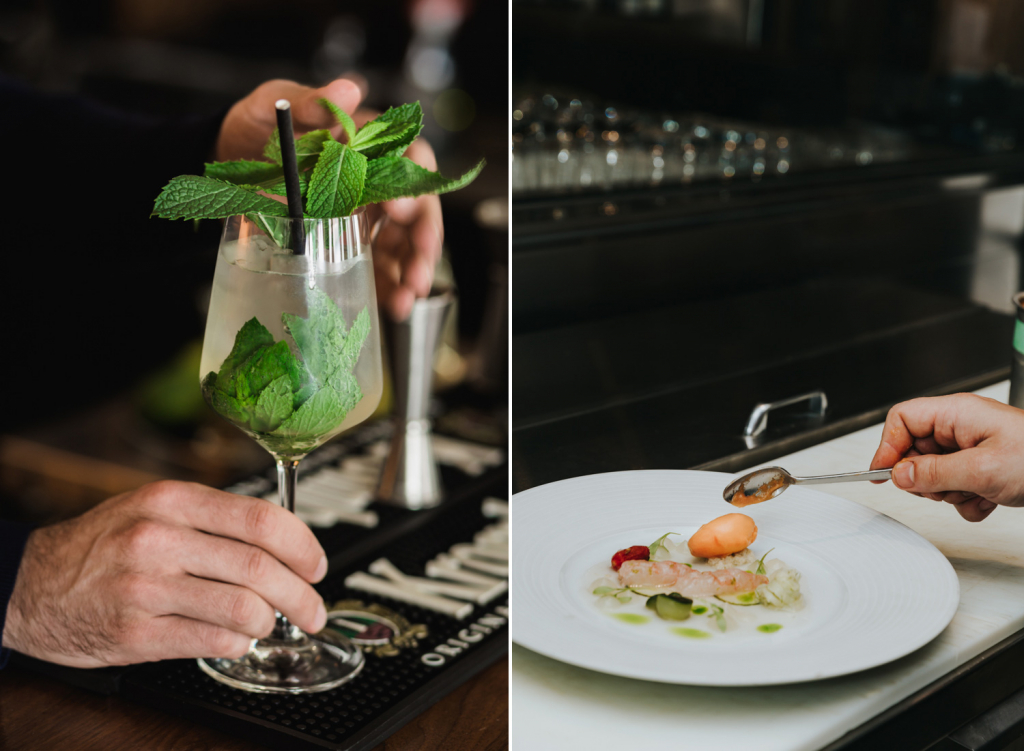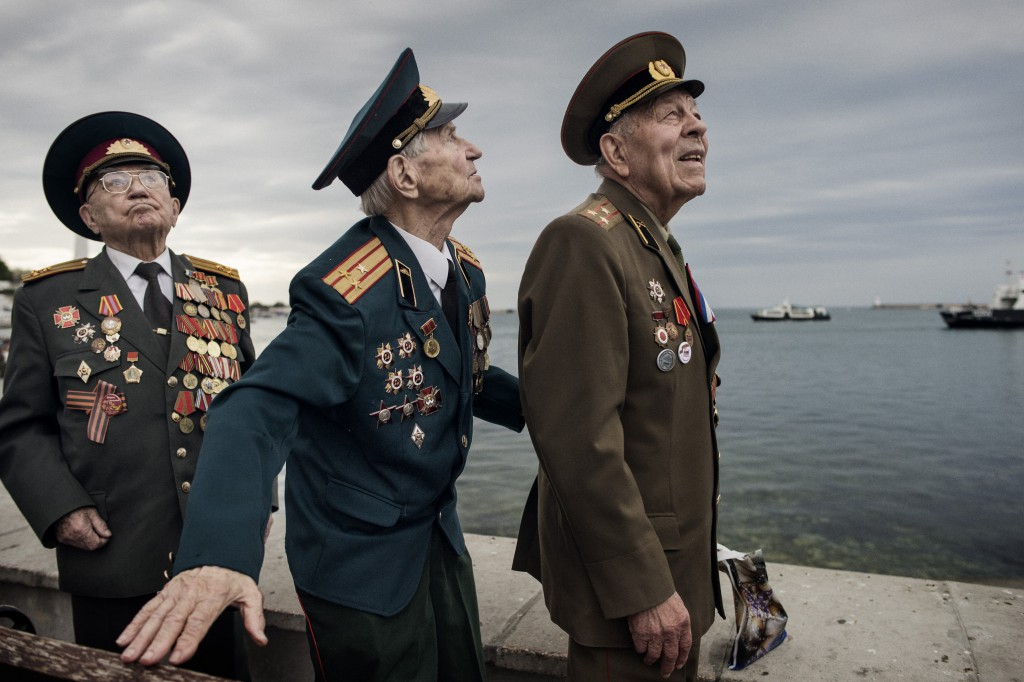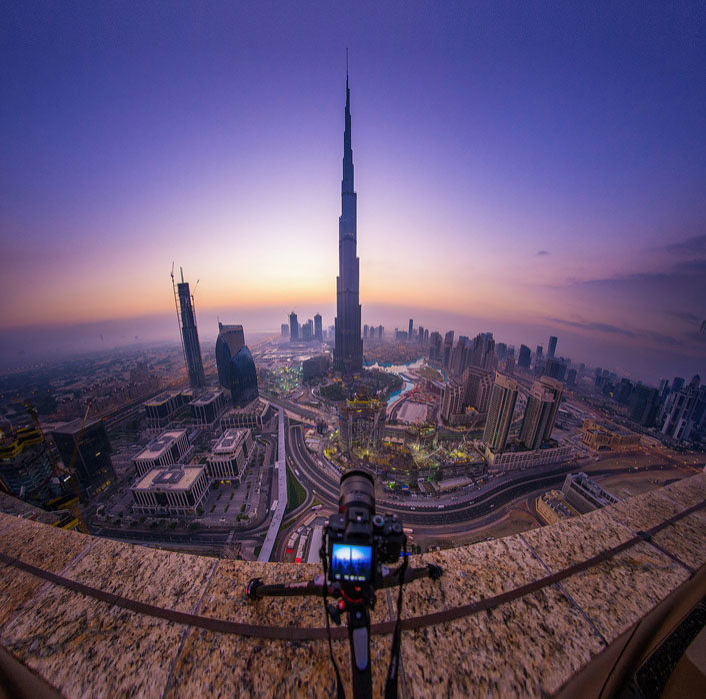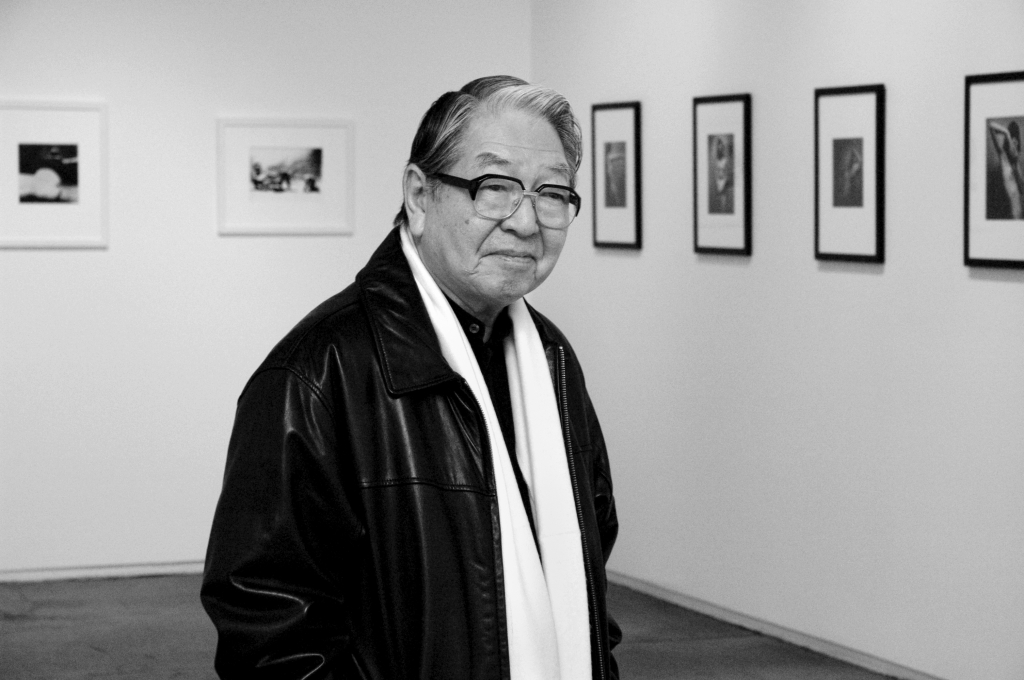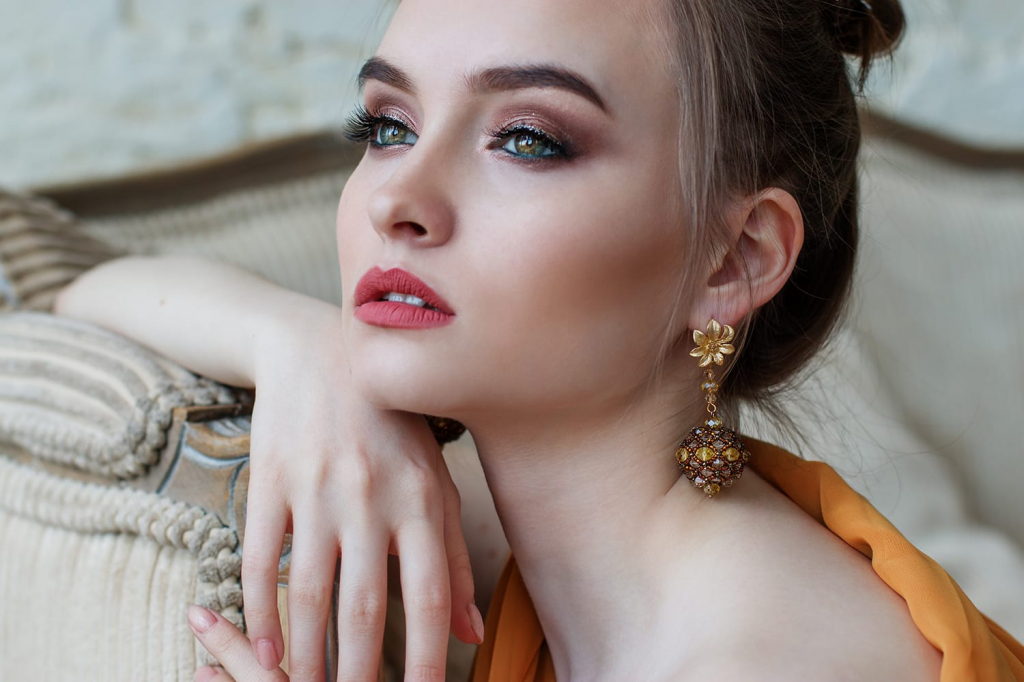Stop the time. Short exposure.
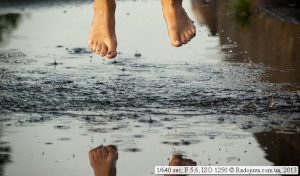 When photographing moving objects, it is possible to ‘stop’ them with the help of a photograph and see all the dynamics of movement at ‘stop pause’. Such pictures almost always look very interesting and unusual, since in real time the human eye does not see what can be seen in the freeze frame.
When photographing moving objects, it is possible to ‘stop’ them with the help of a photograph and see all the dynamics of movement at ‘stop pause’. Such pictures almost always look very interesting and unusual, since in real time the human eye does not see what can be seen in the freeze frame.
The easiest way to get ‘freeze’ or ‘stop‘ motion in photos is to use slow shutter speeds. Short shutter speed means that the subject is locked for one short moment. The easiest way to achieve a short shutter speed is to shoot in shutter priority mode. This mode is usually referred to as ‘S’ or ‘TV’. For the maximum effect of stopping time, just select the minimum possible shutter speed. For modern SLR cameras, this shutter speed is usually 1/4000 s or 1/8000 s. In this mode, the time in fractions of a second is set, during which the image will be fixed.
Such a simple method works very well when there is a lot of light and / or when it is possible to use a fast lens. For example, in the image above, ISO 100 and F / 1.8 were enough to get a short shutter speed of 1/800 second and freeze the moth’s flight. But most often it’s not enough light, the lens doesn’t have high aperture. Therefore, to achieve the effect of stopping time, you should increase the ISO values.
The movement was stopped in this case by increasing the ISO sensitivity to 1250. A ‘dark’ lens with F / 5.6 was used.
It’s easier to freeze motion if the camera has an automatic ISO control in shutter priority mode. For example, on all modern Nikon CLCs, you can set the auto ISO function for P, A, S, M modes. In the shutter priority mode, the camera will select the minimum ISO sensitivity to provide the desired exposure with a slow shutter speed. For example, in the photo below, I shot in this mode.
Auto ISO. On the camera, I set the shutter speed to 1/2500 seconds, and the camera independently selected the aperture and ISO value so that it was possible to get a correctly exposed picture with such a short shutter speed
But if there is no auto ISO function for P, A, S, M modes, for example, like on my Canon 350D, then it is enough to manually select the ISO value in the shutter priority mode so that the exposure meter shows zero deviation from the norm.
Dove in flight. Manually selected ISO 1800 for proper exposure using a very short shutter speed of 1/8000 second.
The most pronounced effect is obtained when using the shortest shutter speeds that are acceptable on the camera. For example, 1/4000 s or 1/8000 s.
You can get a quick shutter speed in aperture priority mode in both manual mode and program mode. I can easily use all 4 advanced modes to achieve a short shutter speed, but this requires a very long description. In short I will say that it is very easy for me to get a short excerpt:
In M mode (manual mode) using maximum aperture and auto ISO
In mode A (AV, aperture priority), using the maximum aperture and automatic ISO value for which the maximum shutter speed is set from 1/1000 to 1/4000 second.
In P mode (program mode), using the function, the automatic ISO value for which the maximum shutter speed is set from 1/1000 to 1/4000 seconds.
Short-exposure sparrow in flight. For some reason, the aperture value is not displayed in EXIF.
Another easy way to stop time is to use the flash. With the flash, it’s very easy to stop moving when shooting in low light conditions. In this case, you do not need to use short shutter speeds of the camera, even 1/60 of a second is enough. This is due to the fact that the freezing of a moving object occurs due to the reflected light of the flash. The flash duration of a flash is very, very short. For example, my Nikon SB-910 external flash has a light pulse duration of 1/1 full power equal to 1/880 second. And if you set the flash power equal to 1/128 of the total flash power, then the pulse duration will be only 1 / 38.500 seconds. With increasing flash power, the duration of the light pulse increases. Since when shooting in low-light conditions, virtually all the light comes only from the flash, the flash plays a decisive role in creating the picture. This means that using the flash you can freeze objects at a speed of flesh up to 1 / 40,000 seconds. This is a very short time, with the help of such technology you can take incredibly interesting pictures with a stop of time.
Freeze flash water in low light conditions. Despite the slow shutter speed (1/80 s), the pulse duration is very short.
